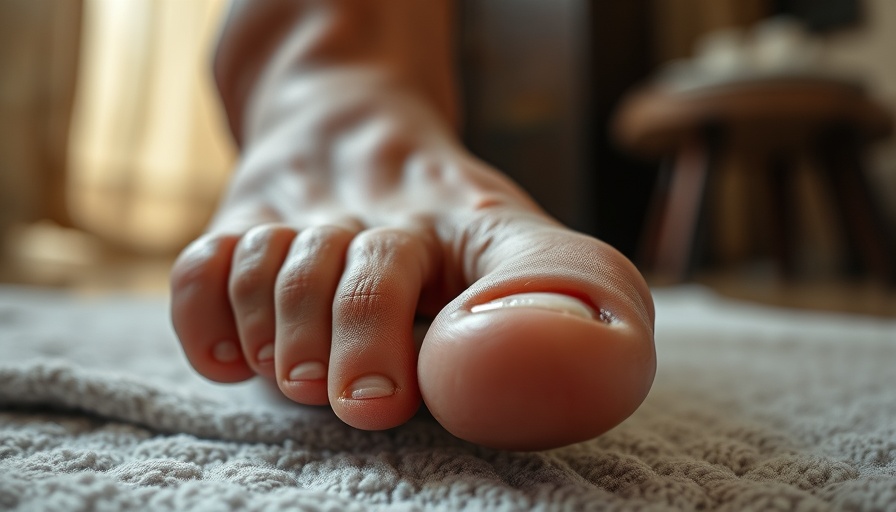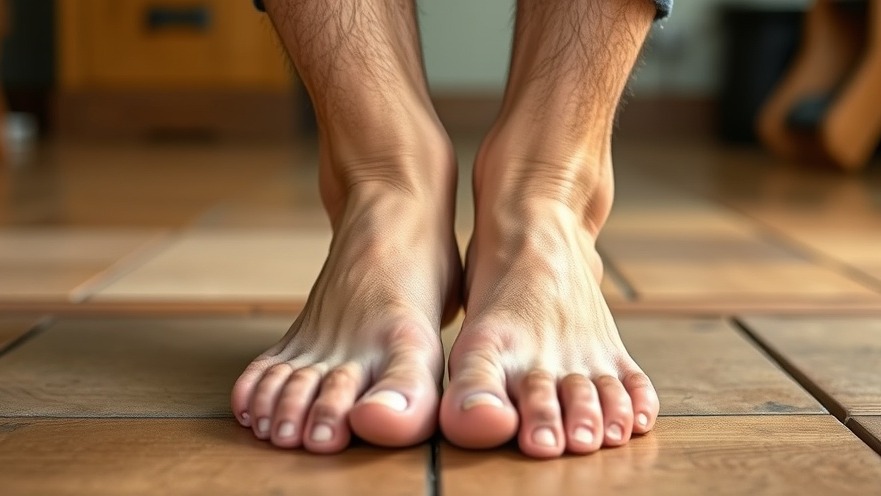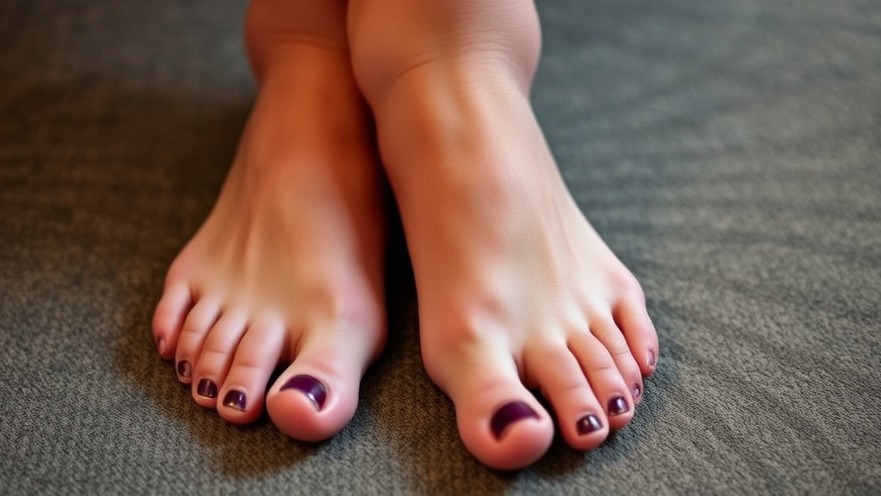
Understanding Diabetic Foot Health
Foot care is crucial for individuals with diabetes. Diabetic patients often face challenges like neuropathy, which inhibits sensation in the feet, making them prone to injuries and infections. This was evident in a recent discussion around the treatment of a patient with a severe diabetic callus. The size and thickness of the callus can be alarming, as it can harbor moisture and lead to more significant complications like blisters or ulcers if not treated properly.
In the video 'HUGE DIABETIC CALLUS👣‼️😱', we explore the critical importance of foot care for individuals with diabetes, which led us to dig deeper and provide further insights into maintaining healthy feet.
What Happens to Your Feet with Diabetes?
As diabetes progresses, several factors can affect foot health: diminished blood flow, neuropathy, and skin that can easily break down, leading to infections. For our patient, a serious thick callus developed. The doctor emphasized the importance of monitoring any changes that may occur. Just like a thick callus can hide issues beneath it, symptoms like blisters can indicate severe underlying conditions. Thus, immediate care is vital.
Effective Treatment and Prevention Strategies
During the appointment, the healthcare professional highlighted the surgical removal of excess callus to prevent moisture retention. Regular foot care, such as maintaining clean and dry feet, is essential. They also stressed keeping a watchful eye on any changes—dehydrated skin, blisters, or unusual discoloration. Advancements in foot care technologies, including specialized medical footwear and topical treatments for dry skin, can significantly improve outcomes for patients with diabetes.
Step-by-Step Guidance for Diabetic Foot Care
The treatment of diabetic foot conditions requires consistent effort at home. Here are practical steps individuals should consider as part of a healthy foot care routine:
Daily inspections: Check your feet at least once a day for any cuts, blisters, or signs of infection.
Moisturize carefully: Use a good foot cream, but avoid applying it between the toes to prevent fungal infections.
Cuts and blisters: If you notice a blister forming, treat it promptly with a protective bandage to avoid further friction and damage.
Appropriate footwear: Choose comfortable shoes that fit well. Avoid tight shoes that can exacerbate conditions like thick calluses or blisters.
Regular professional check-ups: Schedule routine appointments with a podiatrist to manage and monitor your foot health effectively.
The Importance of Community Support
Community and professional support can enhance diabetic foot care management. Support groups offer an opportunity for individuals to learn from one another, share challenges, and receive vital updates on new tips, technologies, and strategies that impact foot health. Engaging with healthcare professionals regularly ensures personalized best practices tailored to individual needs.
Conclusion: Take Action for Healthy Feet
Understanding the intricacies of diabetic foot care is essential for long-term health and well-being. As we have seen through the treatment narrative in the video "HUGE DIABETIC CALLUS👣‼️😱", simple preventive measures can make a significant difference. Each person has the power to take control of their foot health. With the proper care, education, and community connections, individuals can maintain healthy, functional feet that support their overall well-being.
 Add Row
Add Row  Add
Add 




Write A Comment